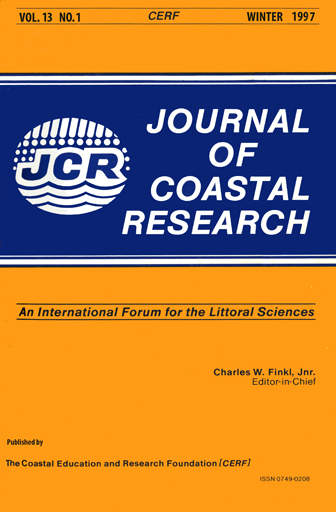Monitoring the Coastal Environment; Part I: Waves and Currents
Keywords:
Current meters, coastal currents, sea state parameters, water levels, PUV wave gauge, seismic wave gauge, wave statisticsAbstract
Measurement waves and currents in the high-energy, hazardous nearshore zone is one of the more challenging endeavors of coastal engineering and research. A measurement program must be thoroughly planned before any gauges are deployed to insure that useful data are collected: (1) Determine what data units and analyzed products are needed to answer the critical engineering or scientific questions at the site. (2) Determine how long the gauges must be at the site i.e., several years or just during the winter season? (3) Consider placing gauges in locations that are compatible with previous measurement programs. (4) Evaluate environmental constraints such as ice or trawler activity. (5) Be sure that enough funding is allocated for the analysis of the data.
Two general types of wave gauges are commonly used: non-directional and directional. Despite the greater cost and complexity, the latter is preferred for most projects because of the need to evaluate wave refraction at the coast. Meticulous quality control is critical for all wave measurement programs.
Three general classes of current measuring technology are used in coastal projects: (1) Radar and Lagrangian methods (dye and drogues); (2) Point source (Eulerian) technology such as ducted impeller instruments; (3) Acoustic Doppler Current Profilers.
As gauges are improved, massive amounts of data are being collected at field projects. Clear, simple, and concise display of wave and current data are important aspects of the analysis procedure.


